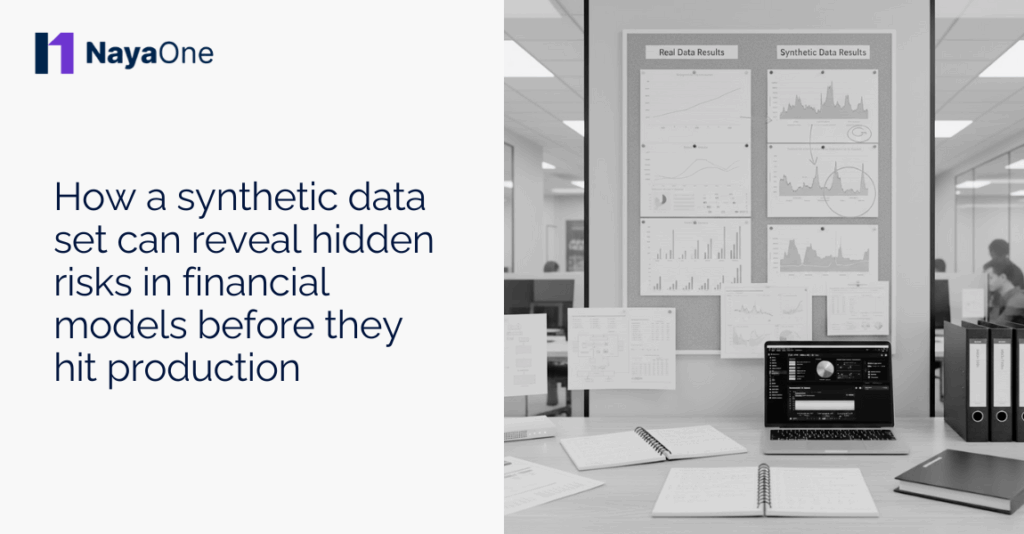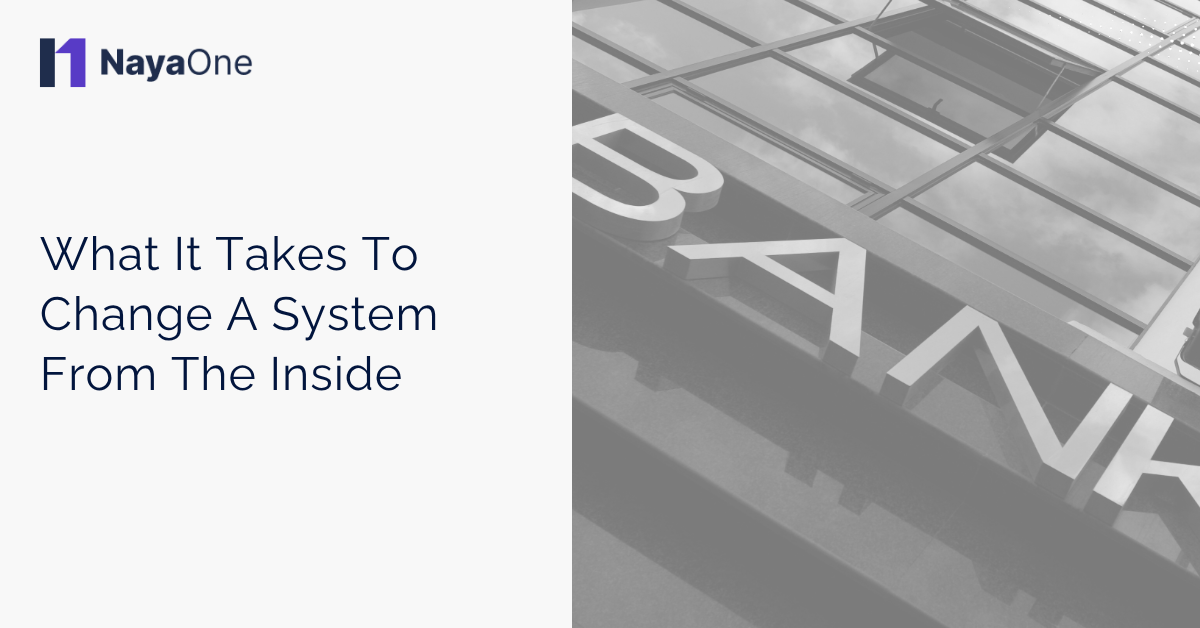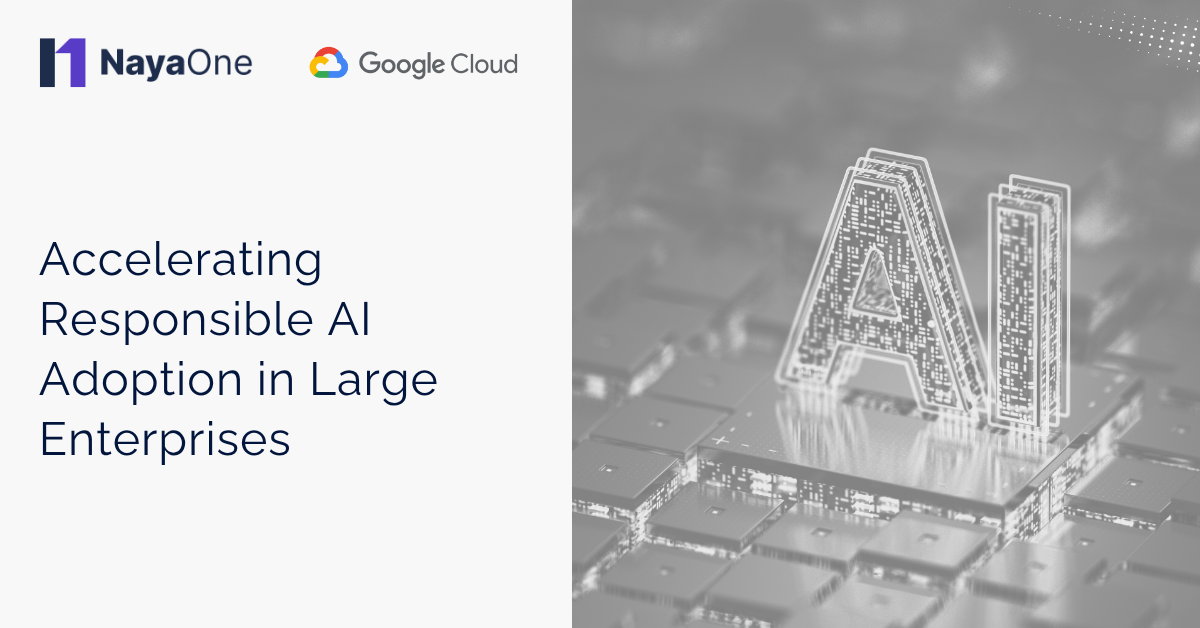Financial models often look great on paper. They behave nicely during development, pass the basic checks and seem ready to move forward. Then they meet the real world, and everything suddenly gets a bit messy, markets shift, customer behaviour changes, and rare events appear out of nowhere. Concern is real: in a recent survey, almost 90% of banks reported finding issues during their model review process. If the model has only ever been fed the same predictable patterns, those unexpected scenarios can expose cracks that no one noticed earlier.
This is one of the biggest reasons financial institutions are leaning into the idea of using a synthetic data set during model development. Not because real data is not valuable, but because real data can only show what has already happened. It cannot always represent the many things that could happen in the future. And when you are dealing with lending decisions, fraud detection, risk scoring or regulatory compliance, those unknowns matter a lot.
So let us explore how hidden risks slip through traditional testing and how synthetic data can bring them into the spotlight long before your model goes anywhere near production.
What hidden risks emerge when real-world data is limited?
Most teams rely heavily on historical data because it feels reliable. It is clean enough, familiar enough and already structured for internal systems. The problem is that historical data is only a snapshot of specific moments in time. It reflects the markets that existed then, not the ones your model will face next year or even next week.
When data reflects only the usual trends, your model grows confident in scenarios that look comfortable. The trouble happens when it encounters something strange. Think of sudden liquidity changes, rare fraud behaviours, or unexpected customer journeys. These are the sorts of situations that rarely appear in everyday datasets. That means your model is trained to perform well under normal conditions but does not always know how to behave when the environment becomes unusual.
You also get gaps. Maybe a new product is being launched, and there is no relevant historical pattern to test. Maybe the available data does not include information on edge cases that regulators care deeply about. And let us not forget bias. If the original dataset reflects the behaviour of a narrow customer group, the model inherits those limitations.
All these blind spots sit quietly in the background, waiting to cause trouble.
How does a data set expose vulnerabilities that real data cannot?
A synthetic data set gives you the chance to design conditions that your model has never seen before. Instead of waiting for rare events to happen naturally, you can create them intentionally. This changes the entire testing environment into something far more dynamic and useful.
You can simulate extreme market volatility. You can introduce customer behaviours that challenge the assumptions your model relies on. You can exaggerate patterns to see how the model reacts under pressure. This is where things get interesting, because financial models often fail in unexpected ways. They might overfit to familiar conditions. They might misinterpret new patterns because they rely on outdated logic. They might generate inaccurate scores simply because the data distribution shifted slightly.
Synthetic data brings all that into view. It allows you to test models in scenarios that would be impossible to find in real-world data on demand. It gives teams the freedom to push models to their limits. It reveals weaknesses early, which is far cheaper and safer than discovering them during a live customer interaction.
Another major advantage is control. When you generate data intentionally, every element has a known origin. This helps teams trace why a model failed. Was it the extreme behaviour of one variable? Was it a compound effect across several features? With synthetic data, you can answer those questions clearly.
Could synthetic data accelerate earlier model validation and governance?
Model validation is often a long process. Teams build, refine, test, document and then hand everything over for an internal or external review. If issues appear late in the process, everything slows down. This can be especially challenging for banks and fintechs that operate in regulated environments where transparency and evidence matter.
By integrating a synthetic data set into early development, teams get a head start. Validators can review behaviour under a range of conditions long before the model is considered final. It supports clearer documentation because you can explicitly show how the model responds to various stress cases. It also helps ensure compliance from the beginning, not just at the end.
This early clarity reduces friction during formal validation and streamlines communication with risk teams. Instead of waiting for surprises to appear later, the conversation can focus on improvements and refinement.
Synthetic data also helps with repeatability. Because the data can be regenerated with consistent rules, teams can reproduce testing environments at any stage. This is very helpful for audits and model risk reviews where side-by-side comparisons matter.
Why should financial institutions rethink their current testing environments?
Some organisations rely on traditional sandboxes that were built years ago. These systems often hold small datasets, limited test cases and little flexibility. While they still work for basic checks, they do not offer the diversity or scale needed for modern model development.
A richer testing environment starts with the ability to generate varied and mission-specific data. When you can introduce sudden behavioural changes, simulate new products, or stress test unfamiliar patterns, the testing process becomes more realistic. This is where a synthetic data set starts to show its value in a deeper way.
It also helps unify teams. Product managers, engineers, data scientists, risk specialists and compliance reviewers can all observe how the model behaves under the same structured scenarios. There is no guesswork. Everyone sees the same outcomes. This shared visibility reduces miscommunication and speeds up the journey from prototype to deployment.
Financial institutions that embrace this approach often discover that their models become more resilient. They fail earlier, improve faster and reach production with fewer surprises. With markets evolving constantly, this level of readiness is becoming essential.
Are synthetic data sets the key to safer and more resilient financial models?
A powerful argument can be made that a well-constructed synthetic data set is one of the best tools for strengthening financial models before they face real customers. It exposes weaknesses long before they become costly. It broadens the testing horizon well beyond the limits of historical data. And it helps build credibility with regulators who expect full transparency and clarity around how models behave in challenging scenarios.
As financial institutions and financial technology companies continue to innovate rapidly, the ability to test boldly and safely will shape which models ultimately succeed. Synthetic data offers a practical, creative way to explore new possibilities, challenge assumptions and build solutions that are ready for whatever the market brings next.






